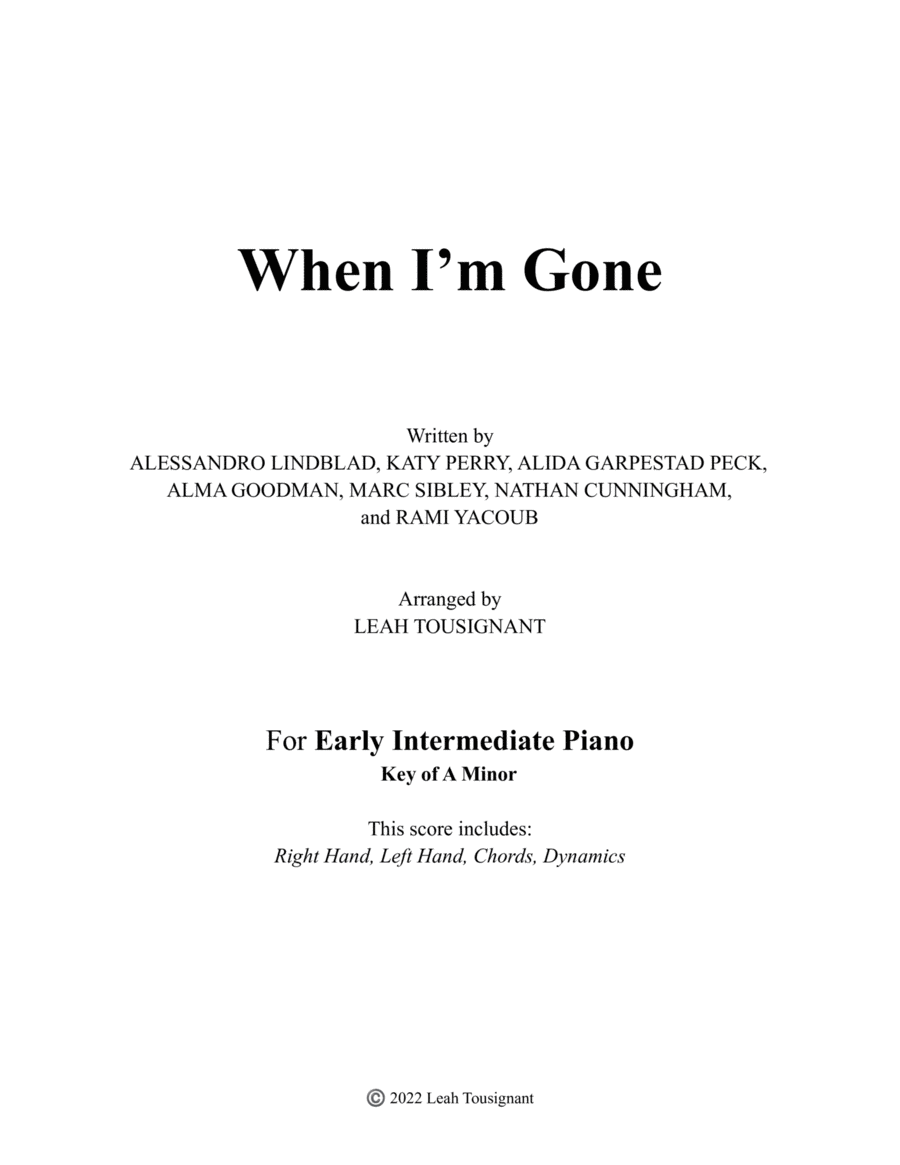Easy Piano - Digital Download SKU: A0.918384 By Alesso With Katy Perry. By Alessandro Lindblad, Alessandro Rudolpho Lindblad, Alida Garpestad, Alida Garpestad Peck, Alma Goodman, Alma Gudmundsdottir, Katheryn Elizabeth Hudson, Katy Perry, Marc Cunningham, Marc Sibley, Marc Sibly, Nathan Cunningham, Rami B, and Rami Yacoub. Arranged by Leah Tousignant. Contemporary. Score. 5 pages. Leah Tousignant #6794345. Published by Leah Tousignant (A0.918384). By Alesso and Katy Perry. Arranged by Leah Tousignant. 5 pages. Published by Leah Tousignant.
